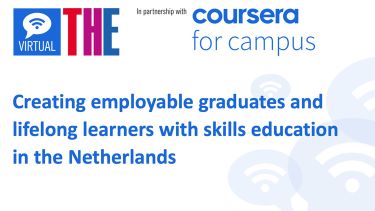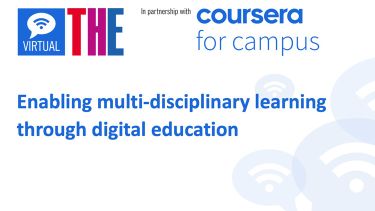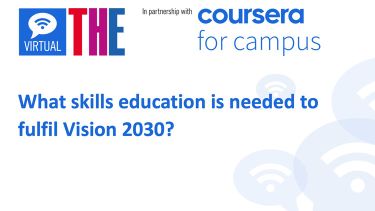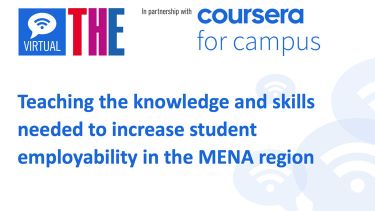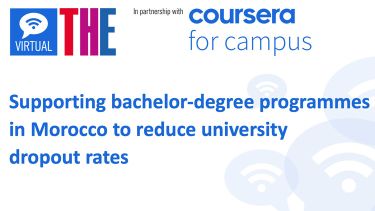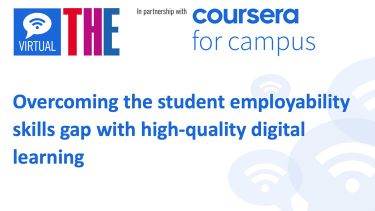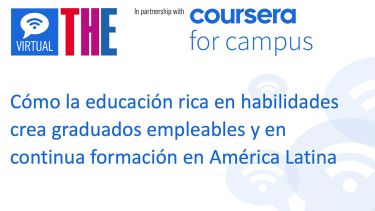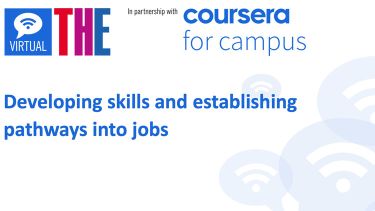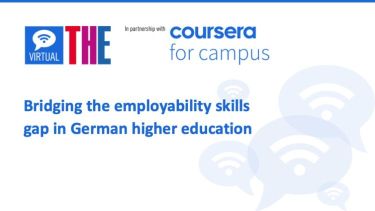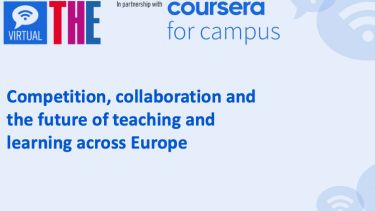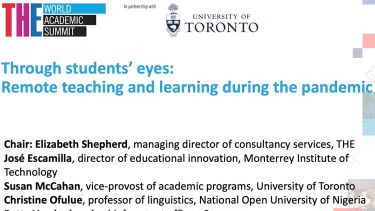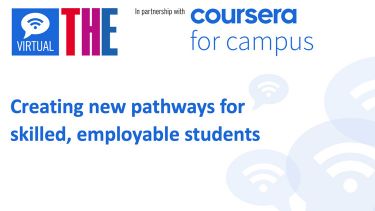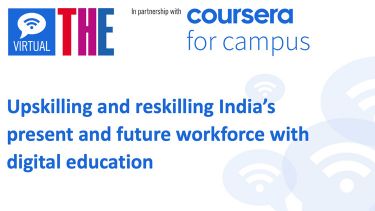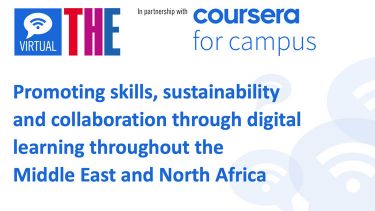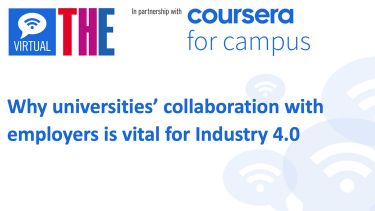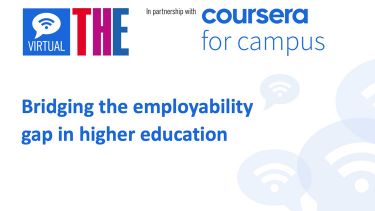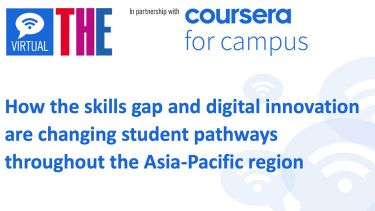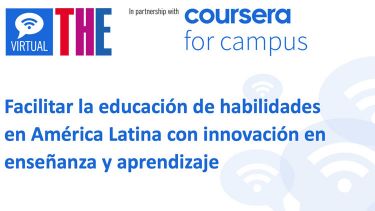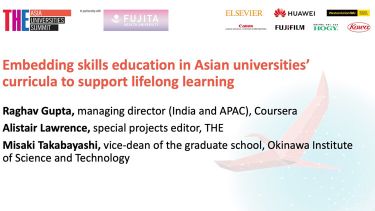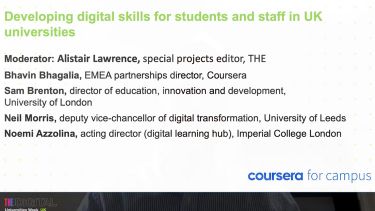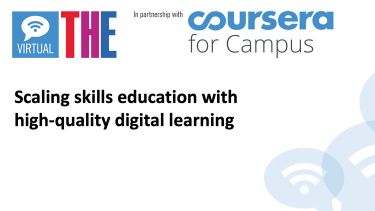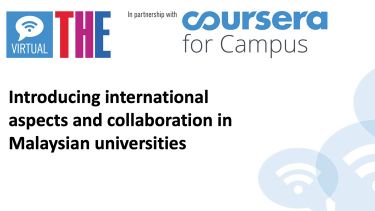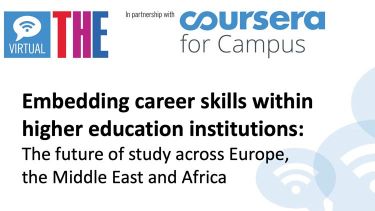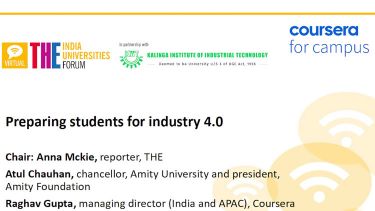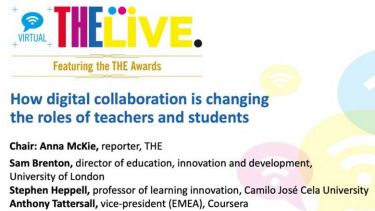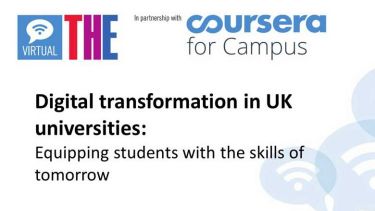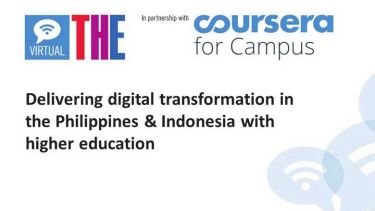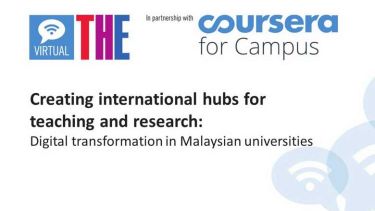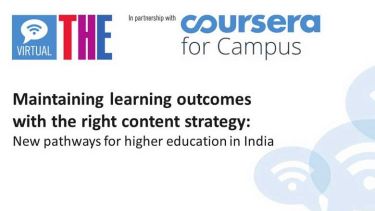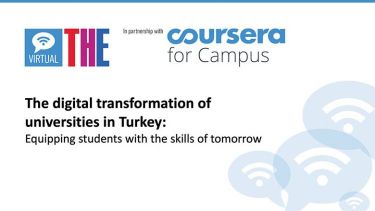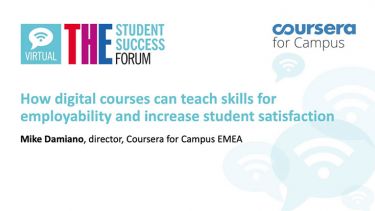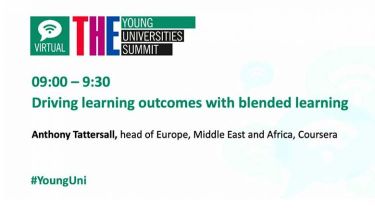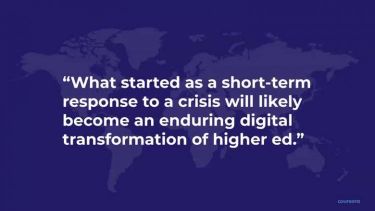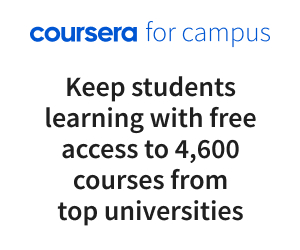Using information collected from its 64 million users, Coursera offers a tailored response for universities and government agencies in the region
Data is at the heart of offering a competitive learning environment, says Mario Chamorro, Coursera’s head of Latin America.
Since the Covid-19 pandemic closed universities and learning institutions, the online education platform has attracted millions more learners. In Latin America, more than 680 universities have joined Coursera for Campus, which enables institutions and educators to offer their learners online courses and build their own curricula.
Blended learning, in which online courses complement on-campus instruction, “is slowly becoming the new norm”, noted Francisco Forero Bonell, head of Coursera for Campus in Latin America, during the session “Staying globally competitive with continued education and blended learning” at the Times Higher Education Latin America Universities Summit 2020.
The online environment also offers a large quantity of data that are difficult to generate in a traditional learning environment. Coursera’s Global Skills Index 2020 draws on datapoints from more than 64 million learners, including the 15 million who have joined its platform since March. Among other metrics, the index highlights the skills that industry requires.
This data is incorporated into the courses that Coursera offers, says Chamorro. “I like to think that data is part of the learning environment, even before we start building courses.”
It is also key to building successful courses, said Bonell. “This pandemic has caught some universities unprepared – they confuse a couple of Zoom conferences and a few YouTube videos with a learning environment, which it clearly is not,” he explained.
“At Coursera, we’ve learned from our 64 million learners around the globe about the best practices around curricula, curriculum integration, assessments, the right length of seminar,” Bonell said. “We have the data to show how best to use content.”
But Coursera’s Latin American ambitions extend beyond the boundaries of campuses. “Latin America is experiencing its worst economic crisis in its history,” says Chamorro. “This is where I see Coursera being able to help the continent – in access to education.”
He points to a recent report by the Economic Commission for Latin America and the Caribbean, which found that the pandemic would push 80 million people in Latin America into extreme poverty, as many lose their jobs. So far, more than 150,000 people have enrolled in Coursera’s Workforce Recovery Initiative, which aims to reskill people so that they can find new employment.
“At least one government agency from 90 per cent of Latin American countries is currently using the Coursera for Workforce Recovery,” he says, adding that he expects the interest in online learning – both among university students and working adults – to increase.
The data bear out his expectations. When he began working at Coursera three-and-a-half years ago, about 2.6 million people in the Latin American region had enrolled in courses on the online platform. Today, that number stands at 12 million.
“Technology is changing everything,” he says. “We need to provide learners with the right tools to adapt to the new world.”
Watch “Staying globally competitive with continued education and blended learning” above or by visiting THE’s YouTube channel.
Access all the on-demand recordings and resources from the THE Latin America Universities Summit 2020.







